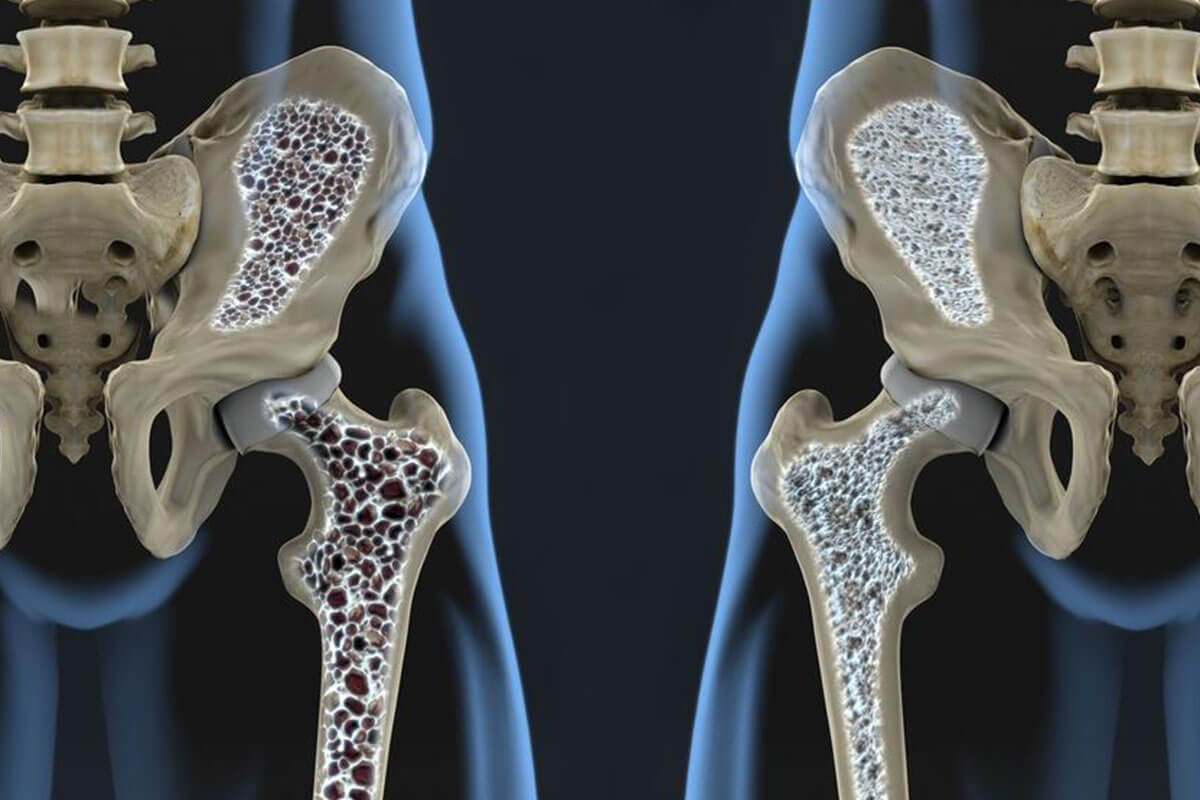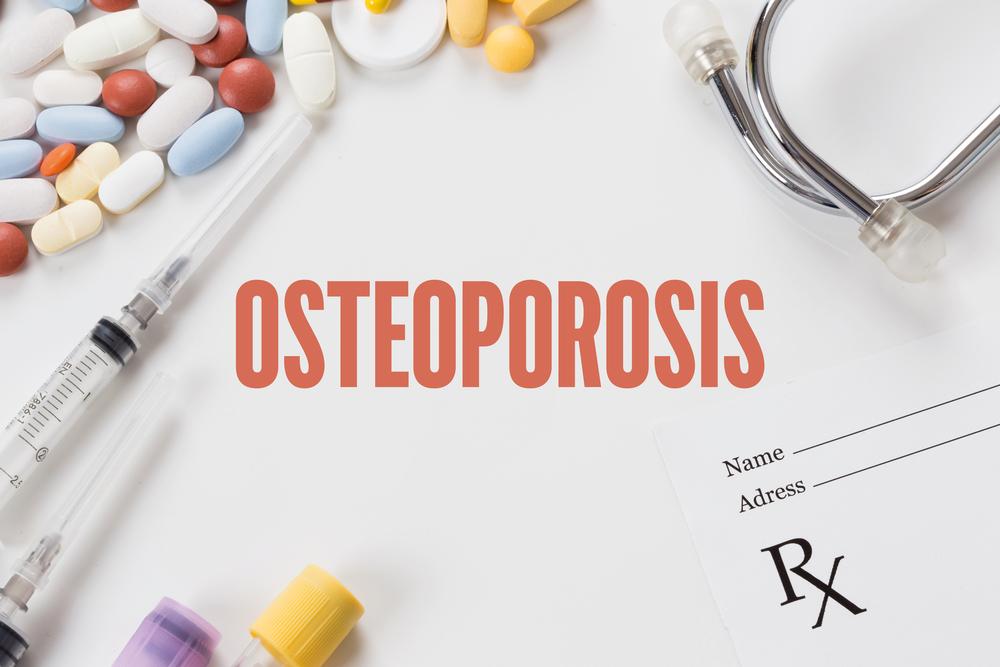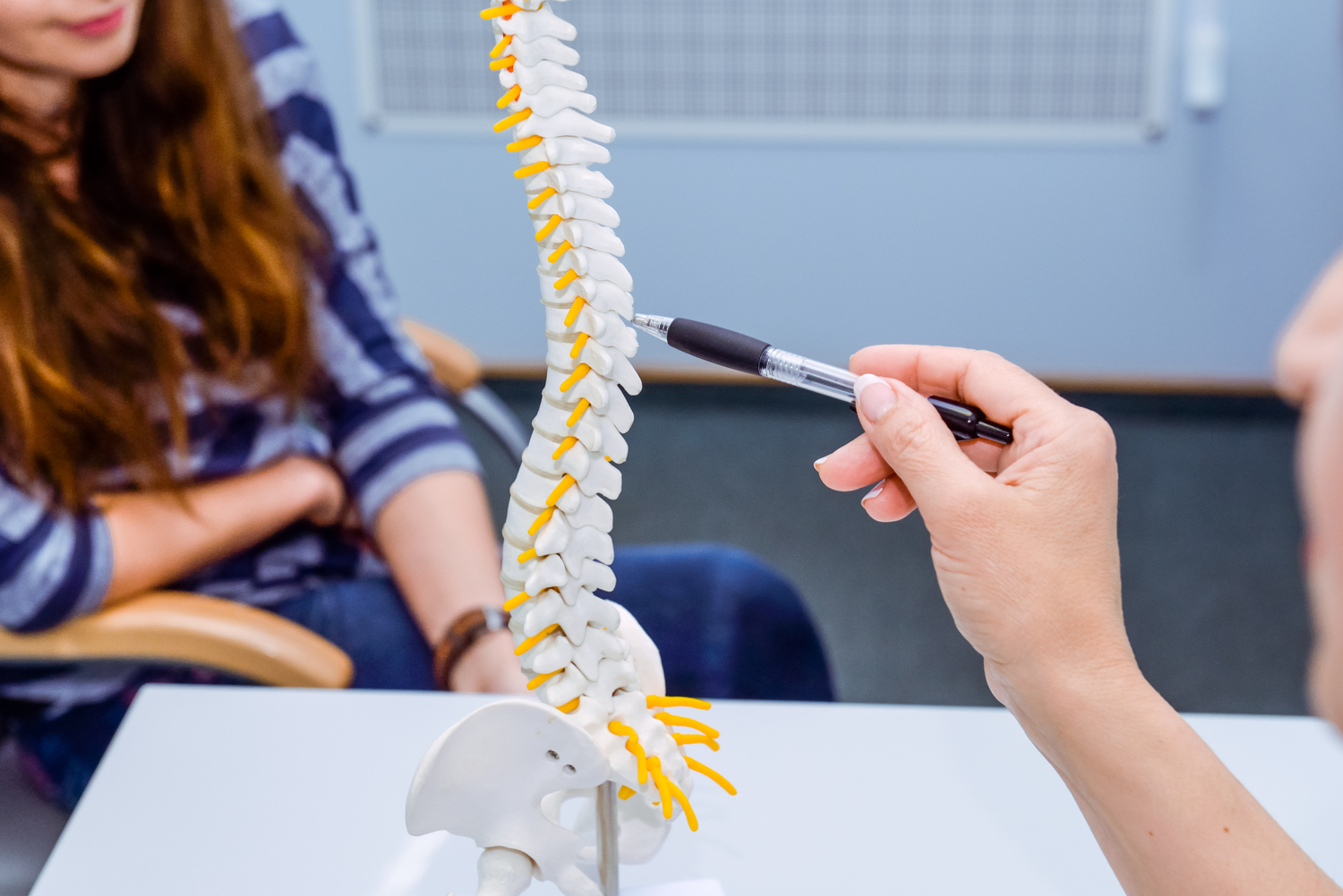Medical Conditions That Contribute to Osteoporosis and Bone Loss
Discover how common medical conditions like rheumatoid arthritis, lupus, diabetes, asthma, and hyperthyroidism can contribute to osteoporosis and bone loss. Early awareness and appropriate management can help prevent fractures and maintain bone health. Learn about risk factors, symptoms, and preventive strategies to safeguard your bones and overall health.

Understanding Medical Conditions Linked to Osteoporosis and Bone Weakening
Several common health issues are associated with accelerated osteoporosis and bone density reduction. Here's what you should be aware of.
Bone constantly renews itself as a living tissue. When the breakdown exceeds rebuilding, bones become fragile and prone to fractures, characteristic of osteoporosis. More prevalent in women than men, osteoporosis affects approximately 200 million women globally, especially older white and Asian women.
In advanced osteoporosis stages, fractures are frequent, affecting the spine, hips, and wrists. Bone fragility may cause various daily activities to result in fractures, sometimes with minimal impact. Early osteoporosis is symptomless, but advanced stages show signs like height loss, back and neck pain, fractures, and stooping posture. Diagnosis is commonly made via bone density scans to assess bone loss.
Factors influencing osteoporosis risk include body size, age, genetics, ethnicity, lifestyle, gender, and diet. Treatment strategies typically combine medication, lifestyle adjustments, and dietary improvements tailored to fracture risk.
What causes osteoporosis-related bone loss? The exact cause remains uncertain, but several medical conditions are linked to it—either through the diseases themselves or the treatments used. These include:
Rheumatoid Arthritis and Lupus
Autoimmune disorders like RA and lupus involve immune attacks on healthy tissues. Around 3 million adults in the US suffer from these conditions. Lupus is especially common in women aged 15-45, critical years for bone development. As Dr. Beatrice Edwards from Northwestern University notes, "Anything that hampers bone growth during these years increases osteoporosis risk." These conditions can contribute to bone loss.
Diabetes
Type 1 diabetes has been linked to lower bone density, possibly due to high blood sugar impairing bone formation. Since this form of diabetes often begins in childhood, it can interfere with reaching peak bone mass, raising osteoporosis risk, as explained by Dr. Edwards.
Asthma
While asthma itself doesn't cause bone loss, medications such as corticosteroids used for treatment can weaken bones and increase osteoporosis risk.
Hyperthyroidism
Overactive thyroid glands produce excess hormones, speeding up bone remodeling cycles and leading to bone loss post-30 years. Dr. Edwards highlights that frequent cycles diminish bone mass over time.
Additional medical conditions like multiple sclerosis and celiac disease are also linked to osteoporosis. Recognizing these conditions enables proactive steps—such as vitamin D intake and lifestyle modifications—to bolster bone health and prevent further loss.










